By_shalini oraon

the reported incident from the Air India flight.
—
The Sky is No Limit for Prejudice: Dissecting the Air India Marathi Controversy
The airplane cabin, a unique, pressurized metal tube hurtling through the sky, is a fascinating microcosm of modern society. Within its confines, people of different nationalities, languages, and creeds are forced into intimate proximity for the duration of a journey. It is designed to be a neutral, transient space, governed by the universal language of safety protocols and the shared goal of reaching a destination. Yet, as a recent incident on an Air India flight demonstrated, this fragile neutrality can be shattered in an instant by the age-old poison of linguistic chauvinism and regional prejudice.
The event, which swiftly spiraled into a viral media storm, involved a female passenger allegedly threatening and verbally abusing a fellow passenger for not speaking Marathi. The video clips, now widely circulated, show a heated argument, with the woman, visibly agitated, gesturing aggressively and asking, “Kya badtameezi hai ye?” (What is this rudeness?). The crux of the altercation, as reported, was her objection to the other passenger communicating in Hindi. The situation escalated to the point where the accused passenger allegedly issued threats, creating an atmosphere of fear and discomfort for those nearby.
This was not a mere disagreement over reclining seats or shared armrests—the common flashpoints of air travel. This was a confrontation rooted in identity, language, and a toxic sense of entitlement. The incident forces us to look beyond the specific argument and examine the deeper fault lines it exposes in Indian society, the responsibilities of airlines, and the psychological dynamics of inflight conflicts.
The Incident as a Symptom of a Larger Malai se
To view this event in isolation would be to misunderstand it completely. It is, in fact, a symptom of a persistent and often volatile debate in India: the politics of language. States like Maharashtra, with its rich cultural history and a strong sense of regional pride, have long been arenas for linguistic identity politics. The “Marathi vs. Hindi” debate has a complex history, intertwined with issues of migration, economic opportunity, and cultural preservation.
For some, the insistence on Marathi is a stand against linguistic imperialism, a defense of the local culture against a perceived homogenizing force from the Hindi-speaking heartland. For others, Hindi serves as a convenient lingua franca in a multilingual nation, a tool for communication and mobility. The passenger’s alleged outburst, however, twisted this legitimate cultural concern into a weapon of intimidation. It transformed a shared public space—an aircraft—into a contested territory where one’s language became a test of belonging and a pretext for aggression.
This reflects a growing trend in public life where identity markers—be it language, religion, or caste—are wielded not as a source of pride but as a cudgel to establish dominance over others. The “other” in this case was a co-passenger whose only “crime” was attempting to communicate in a language they were comfortable with.
The Psychology of Confined Spaces and Entitlement
The airplane cabin uniquely amplifies social interactions. Psychologists often refer to the “stranger on a plane” phenomenon, where the transient and anonymous nature of air travel sometimes leads people to disclose personal information or act in ways they wouldn’t in other public settings. Couple this with the inherent stressors of travel—fatigue, anxiety, cramped spaces, and a loss of personal control—and you have a potent recipe for conflict.
In this pressurized environment, a perceived slight can escalate rapidly. The woman’s reaction suggests a sense of entitlement that overrode basic social decorum. Her belief that her linguistic preference should govern the interactions of those around her points to a solipsistic worldview. The aggression displayed—the threats, the raised voice—is a tool to reclaim a sense of control and power in an environment where the individual is largely powerless, a mere passenger subject to the rules of the crew and the physics of flight.
This incident is a stark reminder that privilege and prejudice are not checked in with luggage. They fly first class, economy, and everywhere in between.
Air India’s Role: From Crisis Management to Proactive Duty
The incident places a sharp spotlight on Air India and its crew. Initial reports suggest the airline is investigating the matter, a standard corporate response. However, this situation demands a move beyond standard protocol. The crucial questions are: How did the cabin crew handle the situation in real-time? Were they trained to de-escalate a conflict rooted not in a service issue, but in identity-based harassment?
An airline’s primary responsibility is the safety and security of all passengers. This extends beyond physical safety from accidents to include a sense of psychological security. A passenger who feels threatened by a co-passenger is, by definition, in an unsafe environment. The crew’s training must equip them to identify such situations, intervene authoritatively, and if necessary, isolate the disruptive passenger. The threat of legal action upon landing should be clearly communicated, and the offending passenger’s details should be logged for potential future travel bans.
This incident is a case study for the entire aviation industry. It underscores the need for enhanced crew training modules that specifically address the de-escalation of identity-based conflicts and harassment. A zero-tolerance policy towards such behavior must be not just a line in a policy document, but a practiced, on-the-ground reality.
Beyond the Viral Outrage: A Societal Reckoning
While the internet quickly divided into familiar camps—defending regional pride on one side and decrying regionalism on the other—the real lesson lies elsewhere. The outrage, while justified, will be transient. What remains is the need for a societal conversation about civility and coexistence.
India’s strength has always been its “unity in diversity.” This is not just a sentimental slogan; it is a practical necessity for a nation of its scale and variety. The fabric of this coexistence is woven in shared public spaces—in trains, markets, and indeed, in airplane cabins. When an individual tries to impose a monoculture in these spaces, they tear at that very fabric.
The woman on the Air India flight was not just threatening a co-passenger; she was, in her own small, ugly way, threatening the idea of India itself. The true response to this is not just to condemn her actions, but to actively reaffirm the principle that no public space is the exclusive domain of any one language, culture, or community. The sky, much like the nation below it, belongs to everyone. Our ability to share it peacefully, despite our differences, is the ultimate marker of our civilization.
Discover more from AMERICA NEWS WORLD
Subscribe to get the latest posts sent to your email.




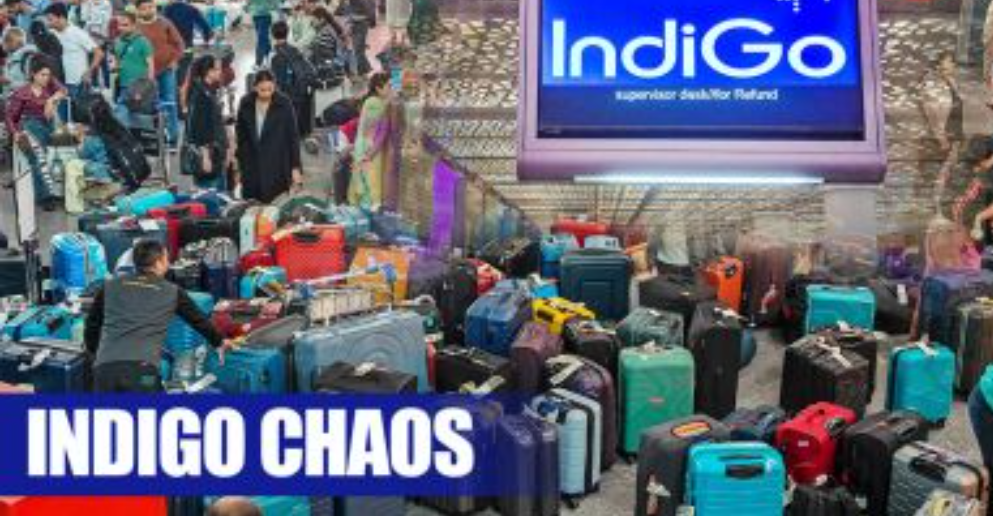
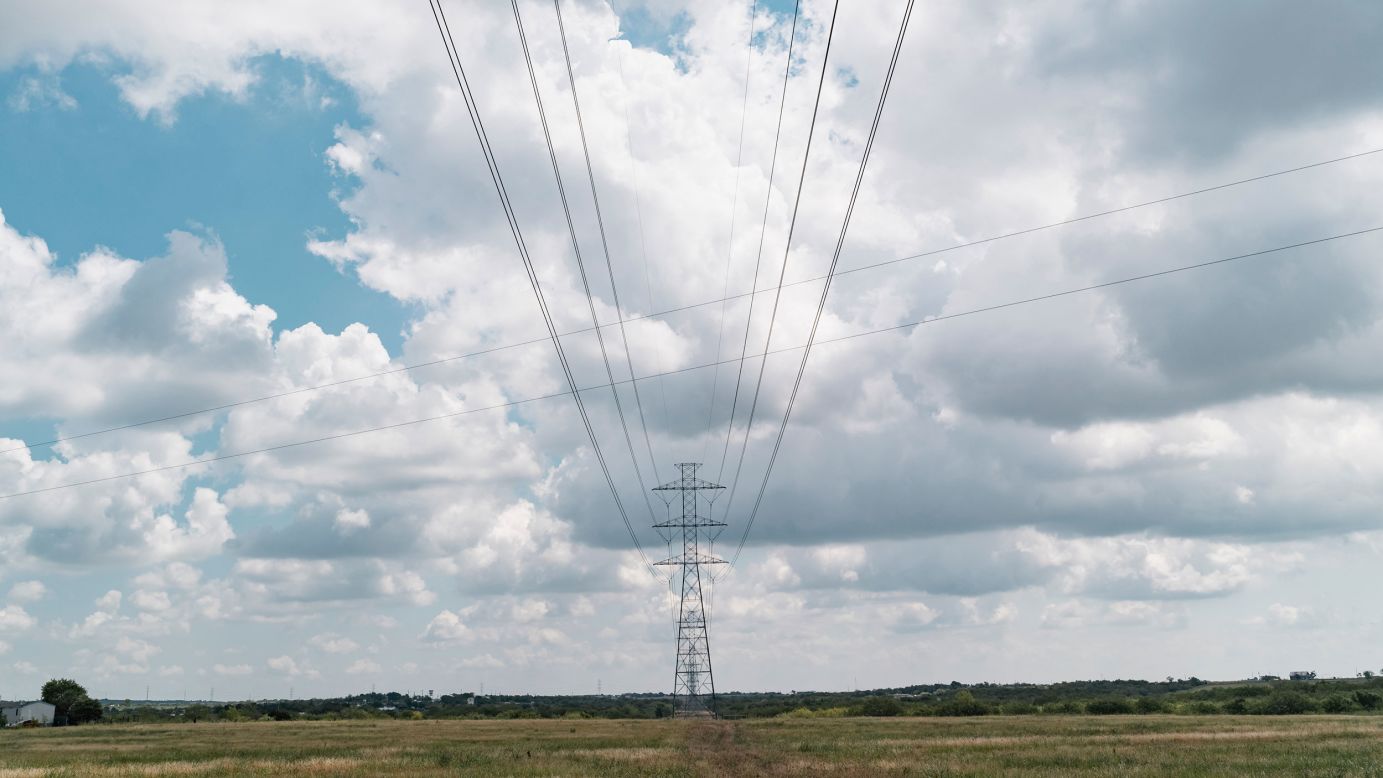







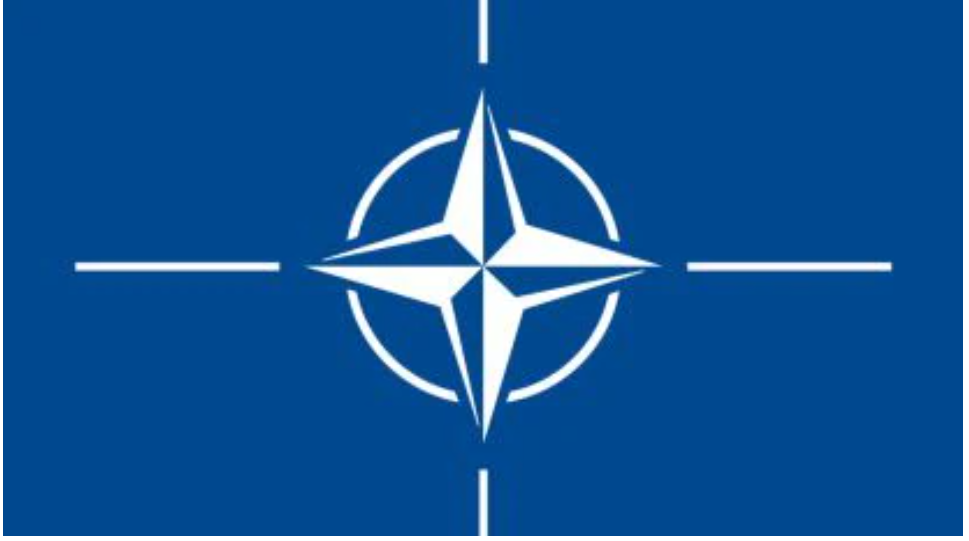




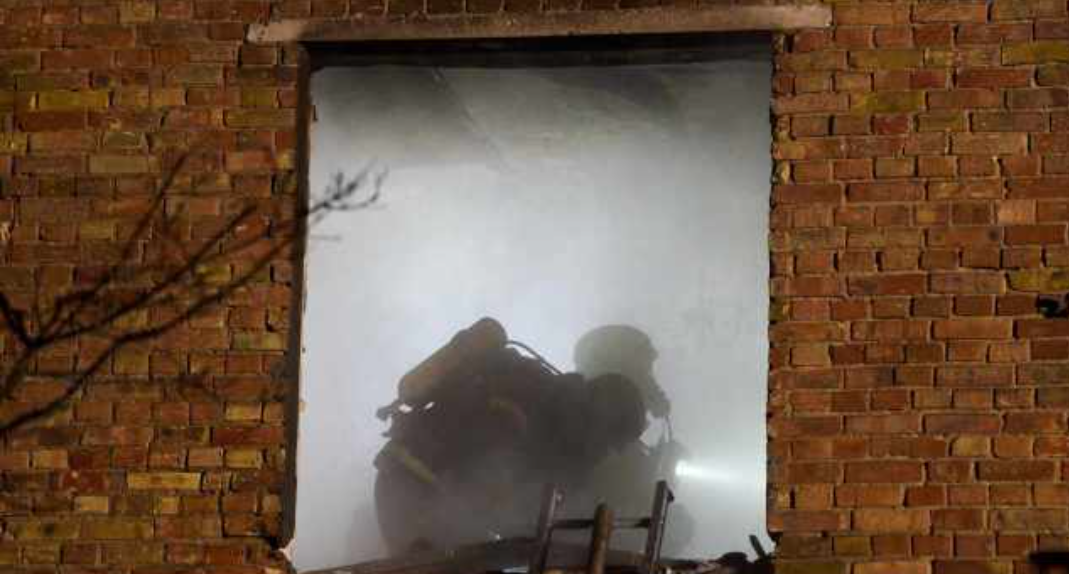



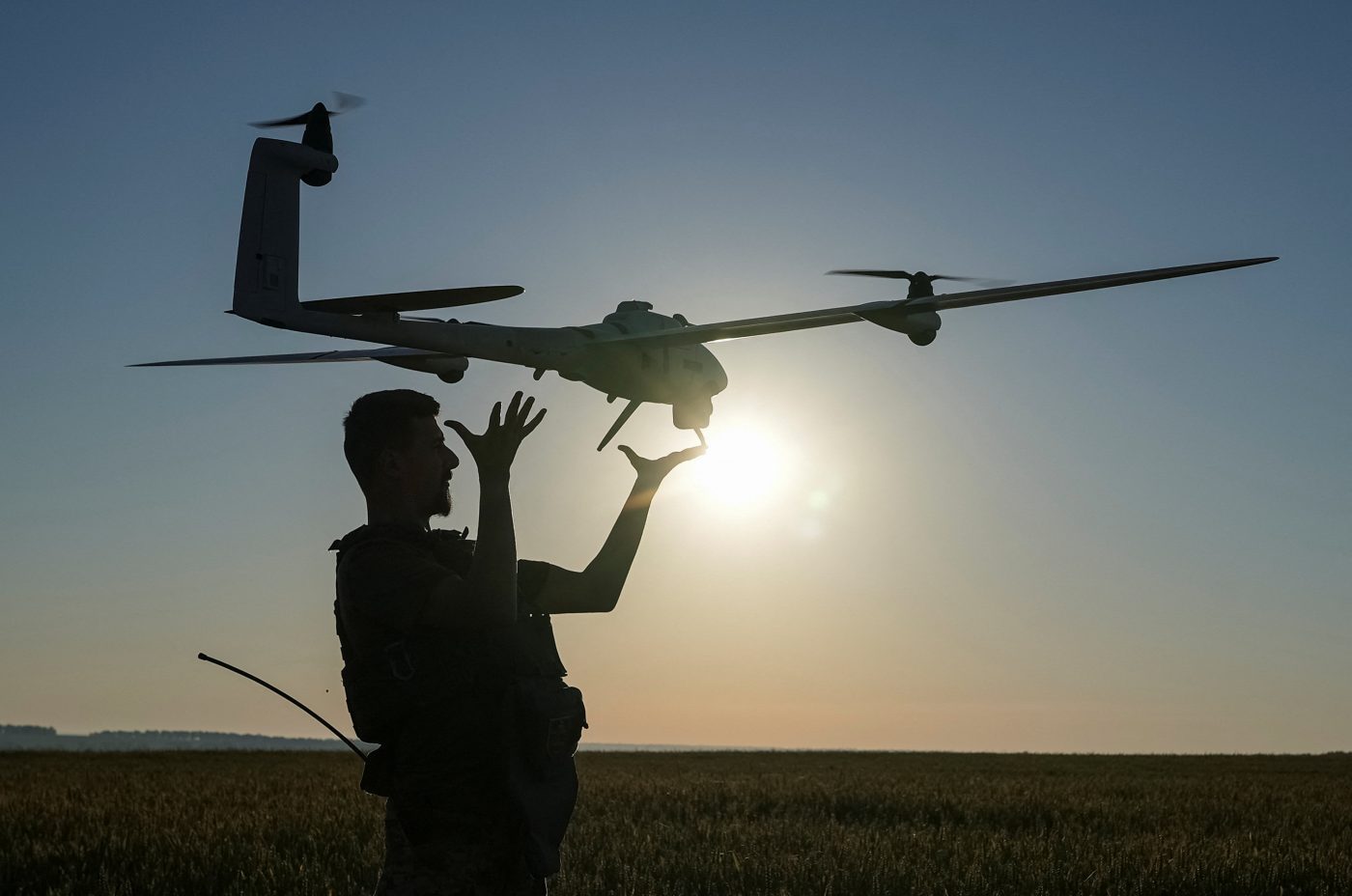


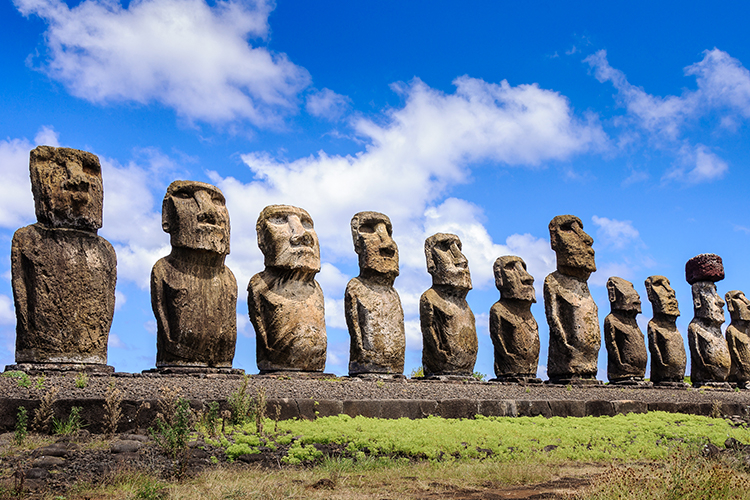
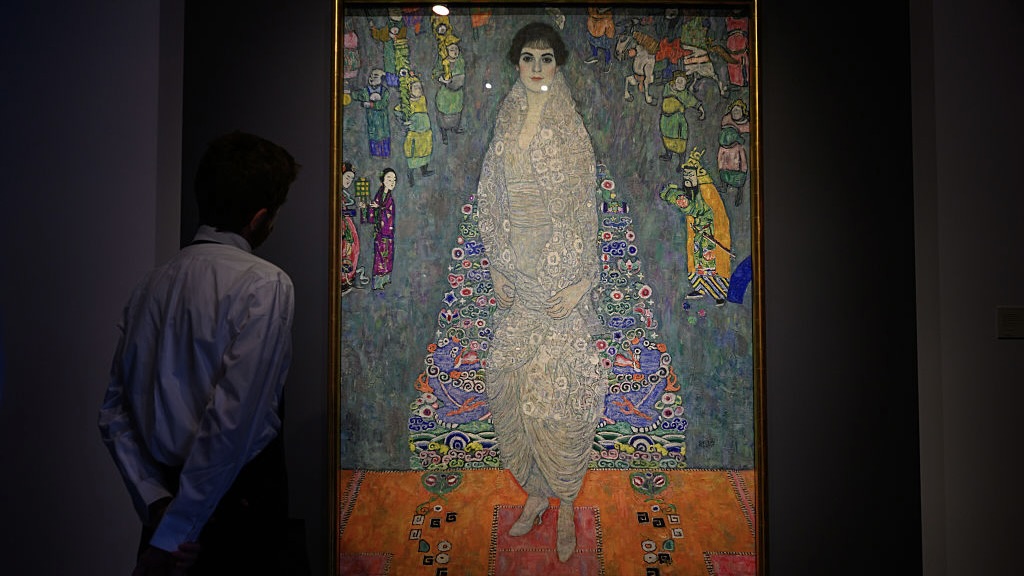





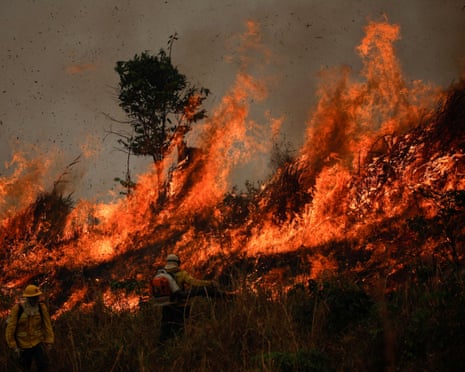
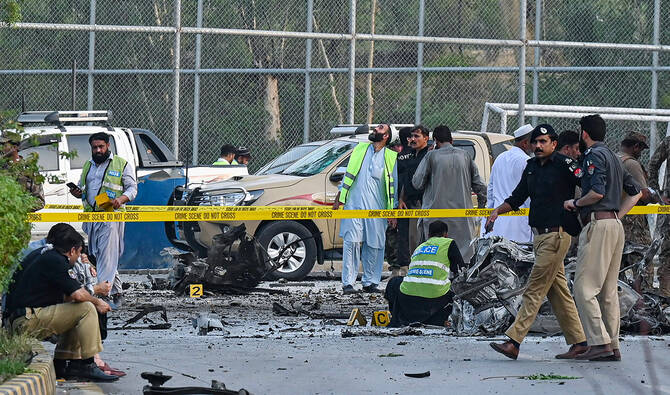


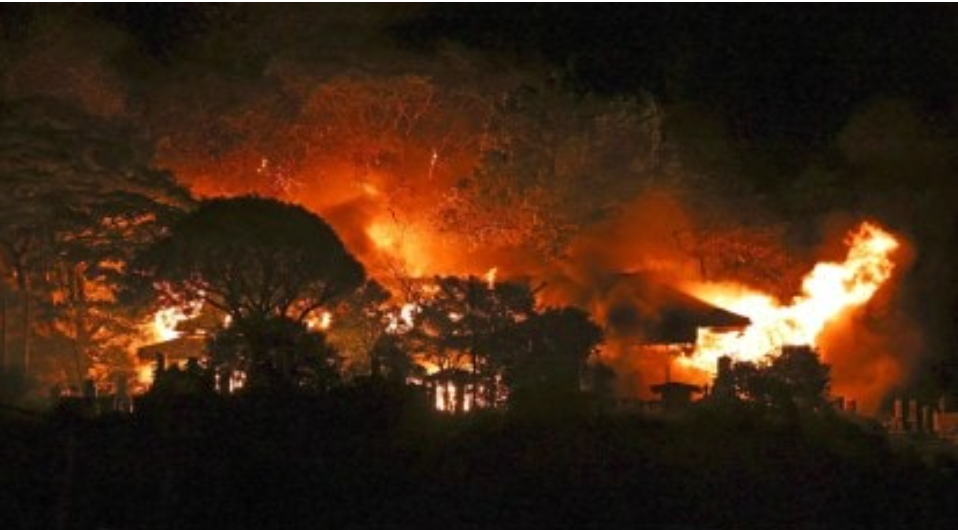




Leave a Reply